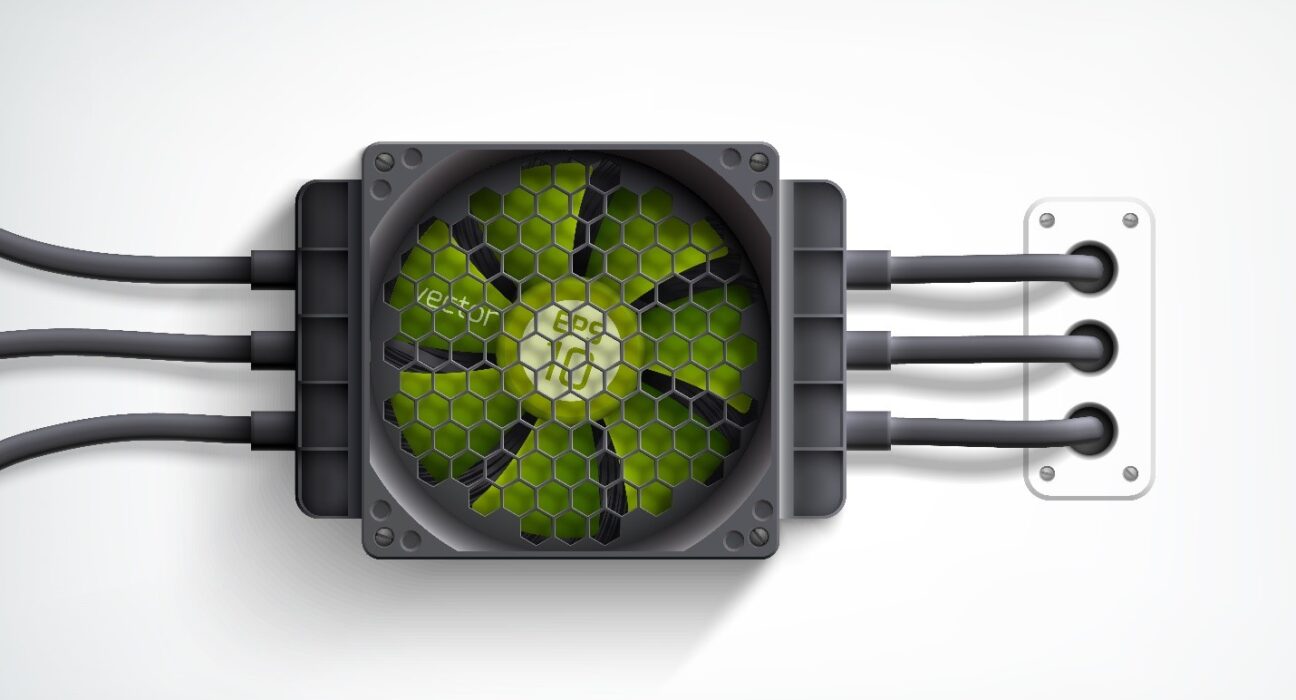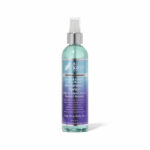When you’re building a PC, one decision that can really impact both your system’s performance and aesthetics is how you plan to cool it. If you’re new to custom builds or even upgrading an older setup, you’ve probably stumbled upon the never-ending debate: Liquid cooling vs air cooling — which one is better?
At Digibuggy, we’ve seen this question come up time and again from first-time builders to seasoned pros. So let’s break down both methods clearly, weigh the pros and cons, and help you decide what’s best for your build.
Why Cooling Even Matters
Before diving into comparisons, it’s important to understand why cooling is so crucial. Your CPU and GPU generate heat during use. If that heat isn’t effectively managed, performance can throttle (slow down) and in extreme cases, components can be damaged.
So the goal is simple: Keep temperatures low and stable while maintaining system efficiency, durability, and noise levels.
What is Air Cooling?
Air cooling uses heatsinks and fans to draw heat away from your CPU or GPU and disperse it into the surrounding air. It’s the most traditional and widely used cooling method.
Pros of Air Cooling:
- Cost-effective: Air coolers are generally cheaper and offer great performance for the price.
- Easy to install: No tubing, pumps, or liquids involved—just attach the heatsink and fan.
- Low maintenance: No worries about leaks, evaporation, or pump failure.
- Long lifespan: Fewer mechanical parts mean fewer points of failure over time.
Cons of Air Cooling:
- Bulkier design: Some tower coolers are large and may block RAM slots or not fit in compact cases.
- Limited heat dissipation in high loads: While good for moderate tasks, extreme workloads (like video editing or gaming) can push air coolers to their limits.
- Aesthetics: While some air coolers look sleek, many are utilitarian and may not suit RGB-heavy or transparent-case builds.
What is Liquid Cooling?
Liquid cooling (also called water cooling) involves a closed-loop or custom loop system where coolant flows through tubes and a radiator to absorb and dissipate heat from the CPU or GPU.
Pros of Liquid Cooling:
- Superior cooling performance: Liquid is more efficient than air at transferring heat, keeping temps lower—especially during overclocking or high-intensity workloads.
- Sleeker aesthetics: Most AIOs (All-in-One coolers) come with clean designs and customizable RGB lighting, giving your build a premium look.
- Space-efficient around CPU socket: Since the radiator is mounted elsewhere, there’s more clearance around the motherboard.
Cons of Liquid Cooling:
- More expensive: Even entry-level AIOs cost more than decent air coolers, and custom loops can cost several times more.
- Installation complexity: Although easier than before, installing a liquid cooler requires more care and time.
- Potential risk of leaks: While rare with AIOs, it’s still a concern.
- Maintenance for custom loops: Custom systems need periodic refilling, cleaning, and checks.
When Should You Choose Air Cooling?
Air cooling is ideal if you:
- Are on a tight budget.
- Want a simple, reliable, and maintenance-free solution.
- Are not overclocking heavily.
- Have a standard-sized case and don’t care much about RGB or aesthetics.
There are several high-end air coolers out there (like the Noctua NH-D15) that offer performance close to mid-range liquid coolers — and last for years without fuss.
When Should You Choose Liquid Cooling?
Liquid cooling is worth considering if you:
- Are building a high-performance PC for gaming, editing, or rendering.
- Want to overclock your CPU or GPU.
- Prefer a cleaner look with more RGB customization.
- Have a compact case and need more flexibility in component layout.
- Are comfortable with slightly more complex installations.
For users building their dream rig and willing to invest a little more, liquid cooling offers superior thermal performance, lower noise under load, and modern aesthetics.
Noise Comparison: Air vs Liquid
This one is a bit tricky.
- Air coolers can be quieter at idle, but under load, their fans often spin faster to compensate for thermal buildup, increasing noise.
- Liquid coolers, particularly AIOs, can maintain lower temps with slower fan speeds — often staying quieter during intense tasks.
So in general, liquid cooling has the edge when it comes to performance-to-noise ratio — especially under heavy loads.
Longevity and Maintenance
- Air cooling wins here. As long as the fan spins, it’ll keep cooling. Dust it once in a while and you’re good to go.
- Liquid cooling, especially custom loops, requires periodic maintenance. Even AIOs can experience pump wear over time (usually 3-6 years lifespan).
The Verdict: Which One is Better?
There’s no one-size-fits-all answer. Your ideal choice depends on budget, use case, aesthetic preference, and comfort level with PC building.
| Scenario | Recommended Cooling |
| Budget build | Air Cooling |
| High-performance gaming/editing | Liquid Cooling |
| Overclocking setup | Liquid Cooling |
| Quiet, low-maintenance setup | Air Cooling |
| Clean aesthetic or compact case | Liquid Cooling |
At digibuggy, we help PC builders find the perfect balance between performance, style, and budget. Whether you’re leaning towards a no-nonsense air cooler or a sleek AIO liquid setup, we can recommend the right parts to match your build goals.
Final Thoughts
In the end, both air and liquid cooling do the same job—just in different ways. Air coolers are perfect for everyday use, reliable, and wallet-friendly. Liquid cooling, on the other hand, is for those who want to push performance boundaries while keeping their system cool, quiet, and visually impressive.
Whichever route you take, make sure your case has good airflow, your cables are managed, and you choose quality components. Because a well-cooled PC is a happy (and long-lasting) one.
Want more guides like this to help you with your next build? Keep exploring digibuggy — where PC building is made easy and exciting.





